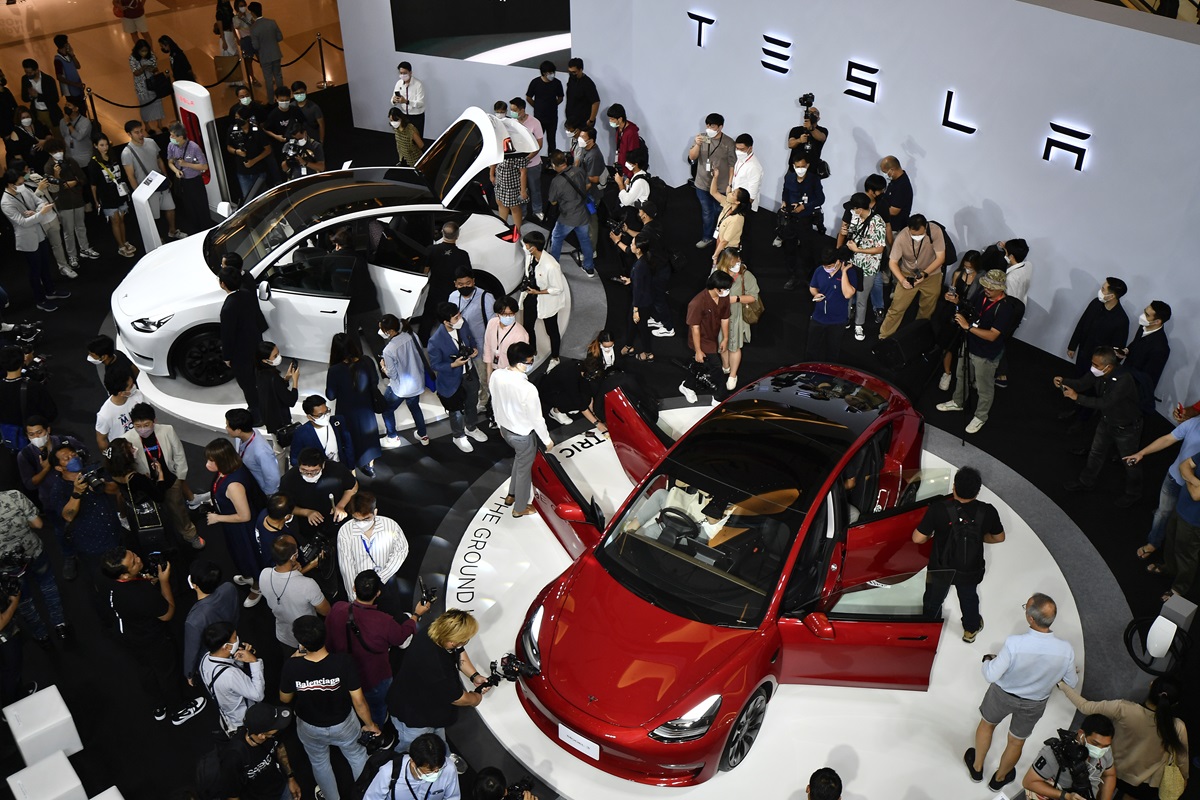
There are modest signs of improvement, but new and used car prices have left earthly orbit and are now a source of sticker shock.
“As prices rise and high interest rates shut out many shoppers with low credit scores, the U.S. market is becoming a luxury market,” accessible only to wealthier buyers, stated a recent Cox Automotive release, calling it a “seismic shift”.
Cheap Car Sales Plummet
In December 2017, 36 models exhibited prices below US$ 25,000 (generally considered affordable) and accounted for 13% of total new car sales. In December 2022, only 10 models stood below that threshold, with their share of sales falling below 4%.
At the other end of the spectrum, in December 2022, more than 25% of new cars sold had prices above US$ 60,000 (above the annual income of the average American) with 90 unique models in that category. “Five years earlier, in December 2017, the share of vehicles priced US$ 60K-plus was less than 8%,” writes Cox Automotive.
To put it in a different perspective, in only five years, the volume of sales of affordable cars dropped by 78%, from 204,593 units down to 43,557. In the same period, luxury model sales shot up by 163%, from 122,864 units to 323,368.
Between March 2012 and March 2019, the Cox Automotive/Moody’s Analytics Vehicle Affordability Index slowly receded from 35 to 32. From that moment, it exploded to 45. However, in the first three months of 2023, it pedalled back to 42.4, an encouraging sign that remains to be confirmed before it becomes a trend. “Even with three consecutive months of improvement, affordability challenges are limiting access to the new-vehicle market,” commented Cox Automotive Chief Economist Jonathan Smoke.
What Started the Auto Price Rocket?
In the aftermath of the pandemic, many factors added up to strangle supply in the car market. The first factor is a chip-supply shortage “that was more acute in cars than in any other sector,” notes David Whiston, Equity strategist, U.S. autos at Morningstar Research Services. When the pandemic hit, the car industry forecast a long recession - which didn’t materialize - and cancelled chip orders. But when demand unexpectedly came roaring back, “the chip industry said: ‘Sorry’, Whiston recalls. “All chip supplies were going toward consumer electronics to support the work-at-home shift.”
“And there is still a long way to go with chips,” Whiston adds. At the end of March, new U.S. car inventory totalled 1.84 million vehicles. That’s twice the lowest post-pandemic low of 973,000 units, but still 55% below the pre-pandemic level of 4.0 million.
The chip shortage will probably take a while to go away. “Over the long-term, the supply issue is complicated as the chip-intensity of a modern car has grown rapidly over the past decade and will continue to do so as we transition to electric vehicles,” points out Adam Staszewski, Research Lead – Global Industrials, at CI Global Asset Management. “Investments in automotive semiconductor capacity have long lead times and need to keep pace with the automotive transition,” i.e., the shift to electric vehicles (EVs).
Automakers Found Their Pricing Power
With supply disruptions in car components and higher interest rates, car buying was on a trajectory to get pinched. But another major factor emerged. “Car makers discovered the pricing power the pandemic gave them,” Whiston points out.
Acutely constrained in their production capacity, car makers prioritized their most profitable, higher-priced models. Those profits are being shovelled toward the EV transition, a dynamic that doesn’t favour the reappearance of low-priced models. “Automakers face major headwinds as they look to establish an all-new EV supply chain, catch Tesla, and win over skeptical buyers — all on top of an increasingly negative economic backdrop,” writes Business Insider.
The EV Hope for Car Prices
The price pressure on traditional cars will probably favour EV sales, as some hurdles on their adoption curve are being overcome. Until recently, many potential buyers were not comfortable with battery autonomy. But now, “the average range of new EVs is 275 miles (440 km), so ‘range anxiety’ is not quite relevant anymore,” states Seth Goldstein, Equity Strategist and Chair, Electric Vehicle Committee, at Morningstar Research Services.
Another hurdle to EV adoption is the availability of electric chargers. That is not much of a problem for the 60% of Americans who live in a single home with a garage, Goldstein believes, but for the other 40% who live in apartments and condos, “they would be totally dependent on public charging stations,” he notes. That access is still limited, but the new Infrastructure Bill plans on building 500,000 chargers across the U.S. in the coming years.
But EV affordability is still an obstacle. “The average price of an EV is US$ 10,000 to US$ 20,000 higher than that of a traditional internal combustion engine car,” Goldstein recognizes. In Canada, prices range between $39,498 and $189,000, or an average of $83,510, according to the Canadian Automobile Association, as reported by CBC. “The average consumer can't afford these vehicles,” Edgar Faler, a senior industry analyst with the Centre for Automotive Research based in Ann Arbor Mich., said to CBC. “They're often secondary vehicles in many households and luxury purchases.”
Federal and provincial rebates that range between $2,500 and $12,000, can certainly help buyers. In the U.S., recently announced rebates amount to US$ 7,500, but there are numerous restrictions. “Evidence from countries with high EV penetration rates suggest US tax-credit policies should create an additional layer of healthy demand in the medium term,” Staszewski claims. In Canada, a flat basic Chevrolet Bolt EV, which starts at $41,542, comes down to $31,015 once Federal and Quebec incentives are applied. That is not necessarily accessible to everyone’s budget, but it is certainly not beyond reach.
On the other hand, government regulations could be major “incentives”. “Regulation will force Americans to buy EVs, Whiston says. California wants zero-emissions cars by 2035, and 18 other states are following these rules.” But if prices don’t come down and people can’t buy traditional ICE cars, even more consumers could be left out of the car market.
In the meantime, for the remainder of 2023, more of the same is expected as automakers increasingly cater to the new-vehicle market with more expensive products for higher-income consumers, leaving less-affluent and subprime buyers struggling to find affordable vehicle payments that satisfy monthly budgets.














.jpg)





